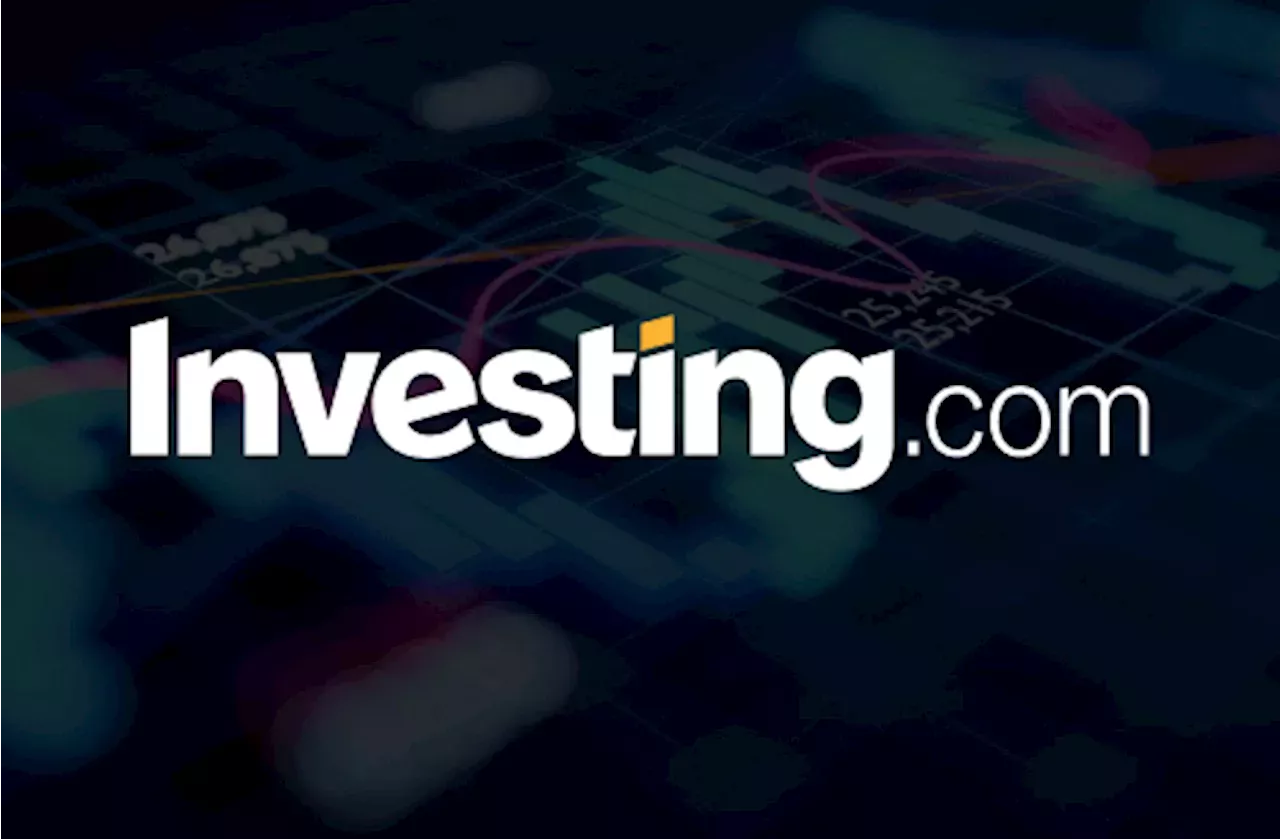There are many ways to monitor recession risk, but any one indicator in isolation is flawed. Context in the form of reviewing a wide variety of metrics is essential for minimizing noise. But in the search for early warning signs of trouble, it’s useful to focus on the labor market, which is arguably the key driver of economic strength and weakness.
Using this indicator alone signals that a recession if it hasn’t yet started, is imminent. The caveat is that no one indicator is flawless, especially in the post-pandemic era, during which several economic indicators have become distorted as business-cycle-analysis tools. Consider the US Treasury yield curve, which was once considered virtually infallible as a recession indicator. But, it's long-running inversion is now considered as a false signal by many economists.
Aggregating a wide variety of economic and financial indicators still reflects a growth bias. For example, the newsletter’s primary business cycle indicator – Composite Recession Probability Index – estimates low recession risk as of May 3. But it’s prudent to avoid relying on any one indicator. If the labor market’s rollover via the first chart above is an accurate signal that a recession tipping point has been reached, it will soon show up in CRPI and other indicators. We’re not there yet.
